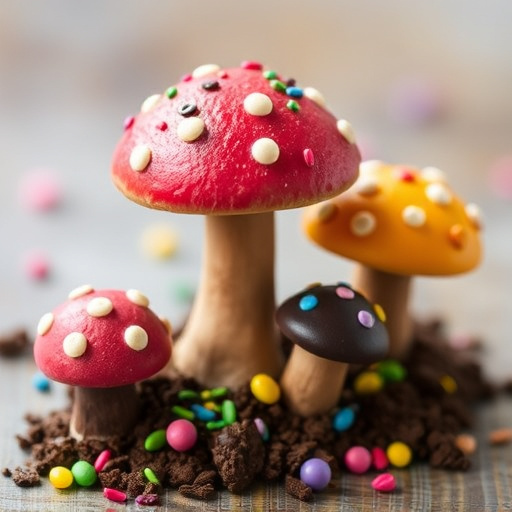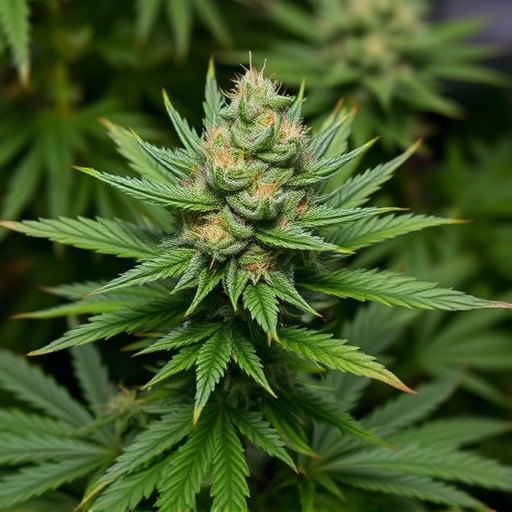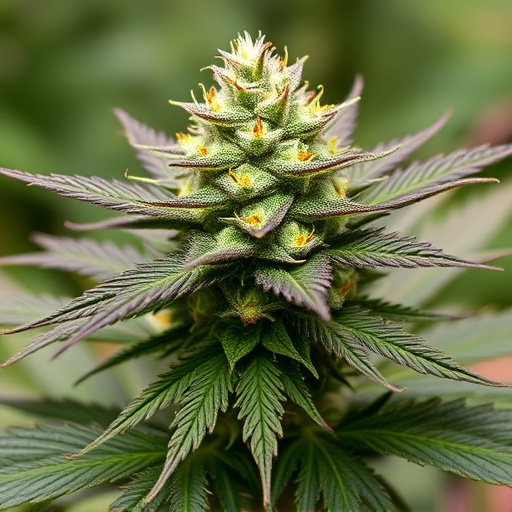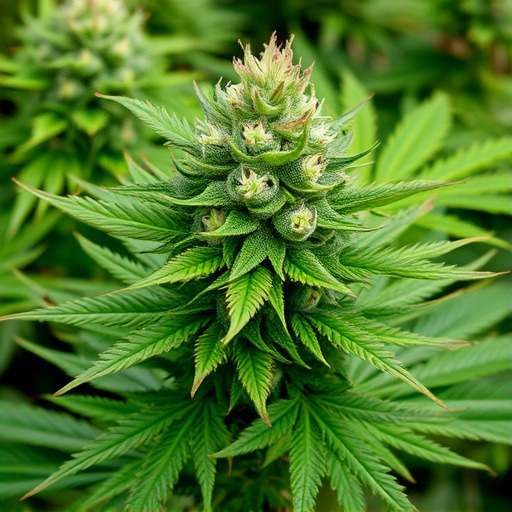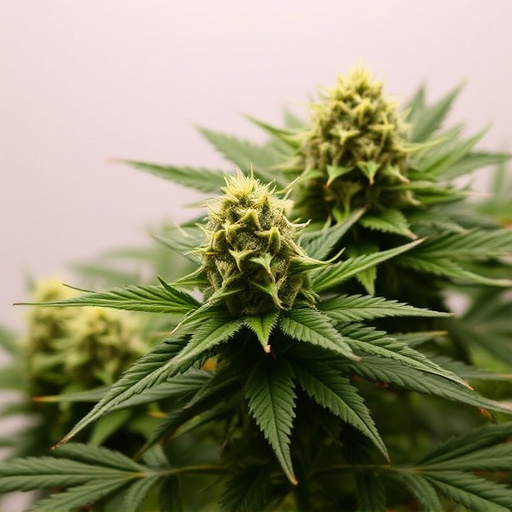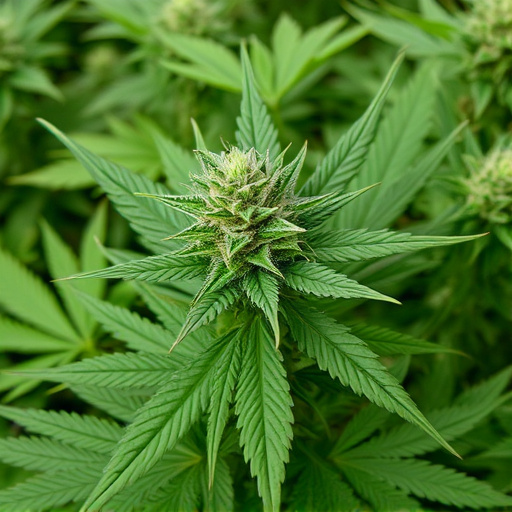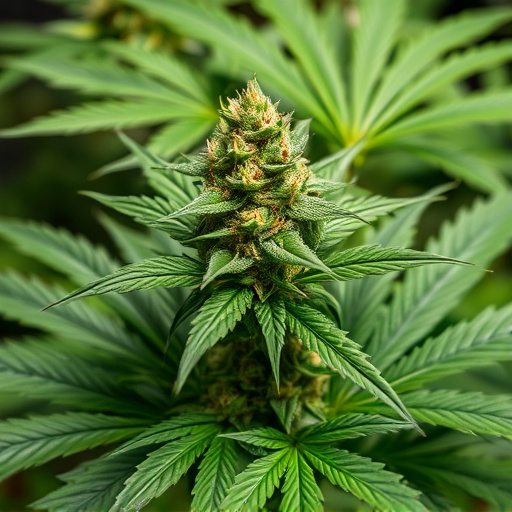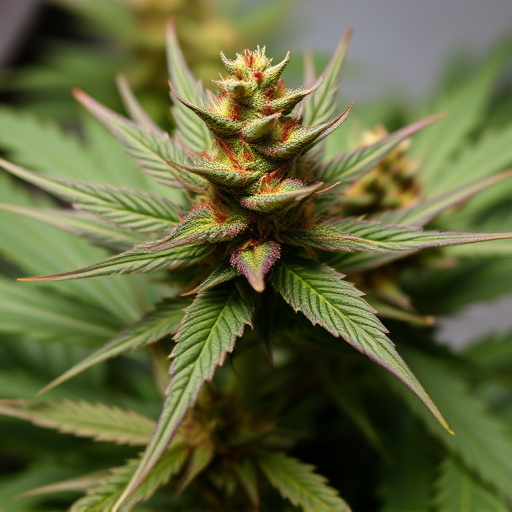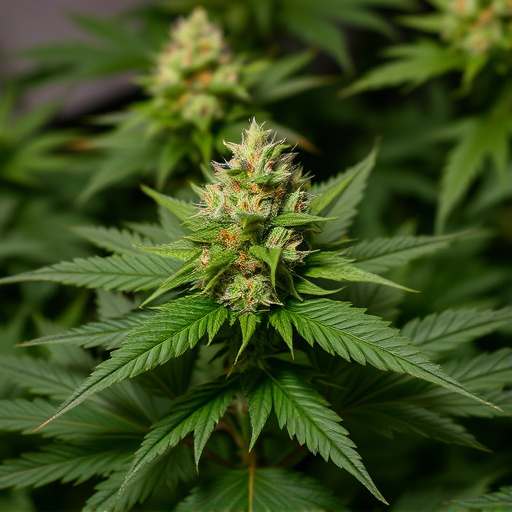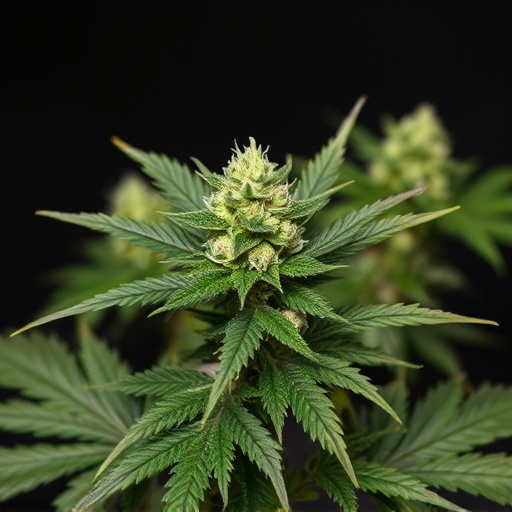Medical marihuana strains' impact on sleep is influenced by interactions with the endocannabinoid system and terpene profiles. CBD-rich, low-THC strains promote relaxation and regulate sleep cycles without intoxicating effects. Terpene selection and microdosing practices enhance sleep quality as alternatives to prescription medication. Always consult healthcare providers for safe integration into sleep routines.
Cannabis flower has long been a subject of interest for its potential effects on sleep cycles. This natural compound, particularly through its medical marijuana strains, offers promising relief for those struggling with sleep disorders. Understanding sleep cycles and how cannabis interacts with our bodies is crucial to unlocking its benefits. Explore specific medical marijuana strains tailored for optimal rest and discover the effects that can transform your sleep experience.
- Understanding Sleep Cycles and Cannabis Interactions
- Medical Marijuana Strains for Sleep Disorders
- Effects and Considerations for Optimal Rest
Understanding Sleep Cycles and Cannabis Interactions
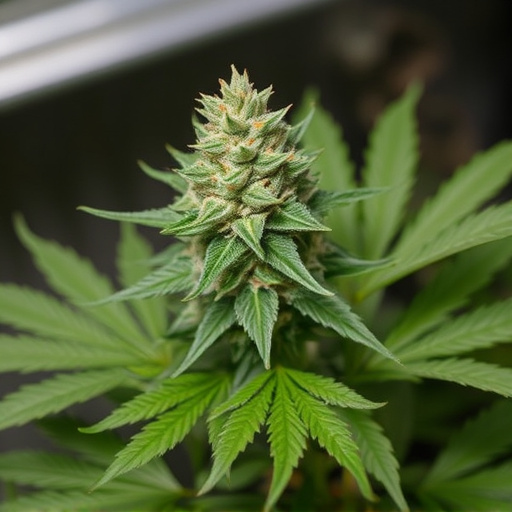
Sleep cycles are a complex interplay of various biological processes, governed by our internal circadian rhythms and influenced by external factors like light exposure and sleep hygiene. Cannabis flower, with its diverse compounds including THC and CBD, has been shown to interact with our endocannabinoid system, which plays a significant role in regulating sleep-wake cycles and mood. Understanding these interactions is crucial when exploring how medical marihuana strains can potentially impact our sleep patterns.
Research suggests that different cannabis strains, each with unique terpene profiles and cannabinoid ratios, may affect sleep differently. For instance, higher concentrations of CBD have been linked to reduced anxiety and improved sleep quality, while THC, in moderation, might enhance REM sleep. However, the effects can vary widely based on individual tolerance, metabolism, and overall health. Therefore, when using cannabis for sleep, it’s essential to start with low doses and consider consulting a healthcare provider to ensure safe and effective integration with one’s sleep routine.
Medical Marijuana Strains for Sleep Disorders
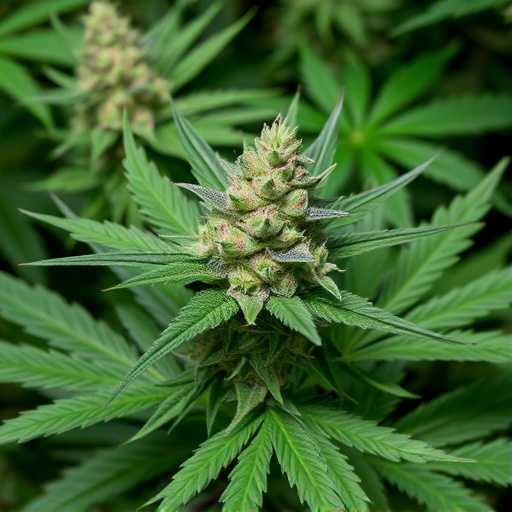
When it comes to addressing sleep disorders, medical marijuana has emerged as a potential alternative therapy. Specific strains, known for their high levels of cannabidiol (CBD) and low tetrahydrocannabinol (THC), are particularly effective in promoting relaxation and improving sleep quality. These CBD-rich strains offer a calming effect without the intoxicating properties associated with THC, making them suitable for use before bedtime.
The right medical marijuana strain can help regulate the body’s endocannabinoid system, which plays a significant role in controlling sleep-wake cycles and maintaining overall balance. By selecting strains with specific terpenes known to induce drowsiness or possess anxiolytic (anxiety-reducing) properties, individuals struggling with insomnia or other sleep issues may find relief. This natural approach to improving sleep can be particularly beneficial for those seeking alternative remedies to avoid the potential side effects of prescription medications.
Effects and Considerations for Optimal Rest
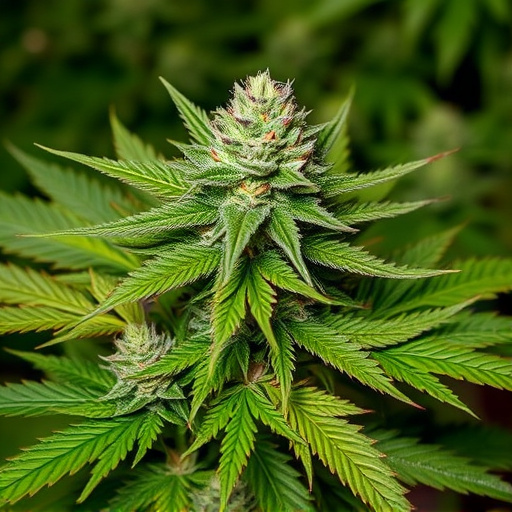
Cannabis flower, with its diverse compounds and terpenes, can significantly influence sleep cycles when used appropriately. The effects of different medical marihuana strains vary, offering a range of options for those seeking optimal rest. Sativa strains, known for their energizing properties, are typically recommended in the morning or early afternoon to stimulate alertness and creativity. In contrast, Indica strains have sedative qualities, making them ideal for evening use to promote relaxation and facilitate better sleep.
For optimal rest, it’s crucial to consider the strain’s THC (tetrahydrocannabinol) and CBD (cannabidiol) ratios. High THC content can induce insomnia or anxiety in some users, especially when consumed close to bedtime. On the other hand, strains with higher CBD levels offer potential anti-anxiety and pain-relieving effects, which can contribute to a calmer night’s sleep. Additionally, microdosing—ingesting very small amounts of cannabis—has gained popularity as a way to enjoy its therapeutic benefits without disrupting sleep patterns.
Cannabis flower’s impact on sleep cycles offers a promising avenue for those seeking relief from insomnia and sleep disorders. Understanding how different strains interact with our bodies, specifically through their THC and CBD content, is key to optimizing rest. Medical marijuana strains with higher CBD levels are often recommended for their calming effects without the intoxicating properties of high THC. By choosing the right strain and considering individual tolerances, people can harness cannabis’s potential to improve sleep quality and overall well-being.
